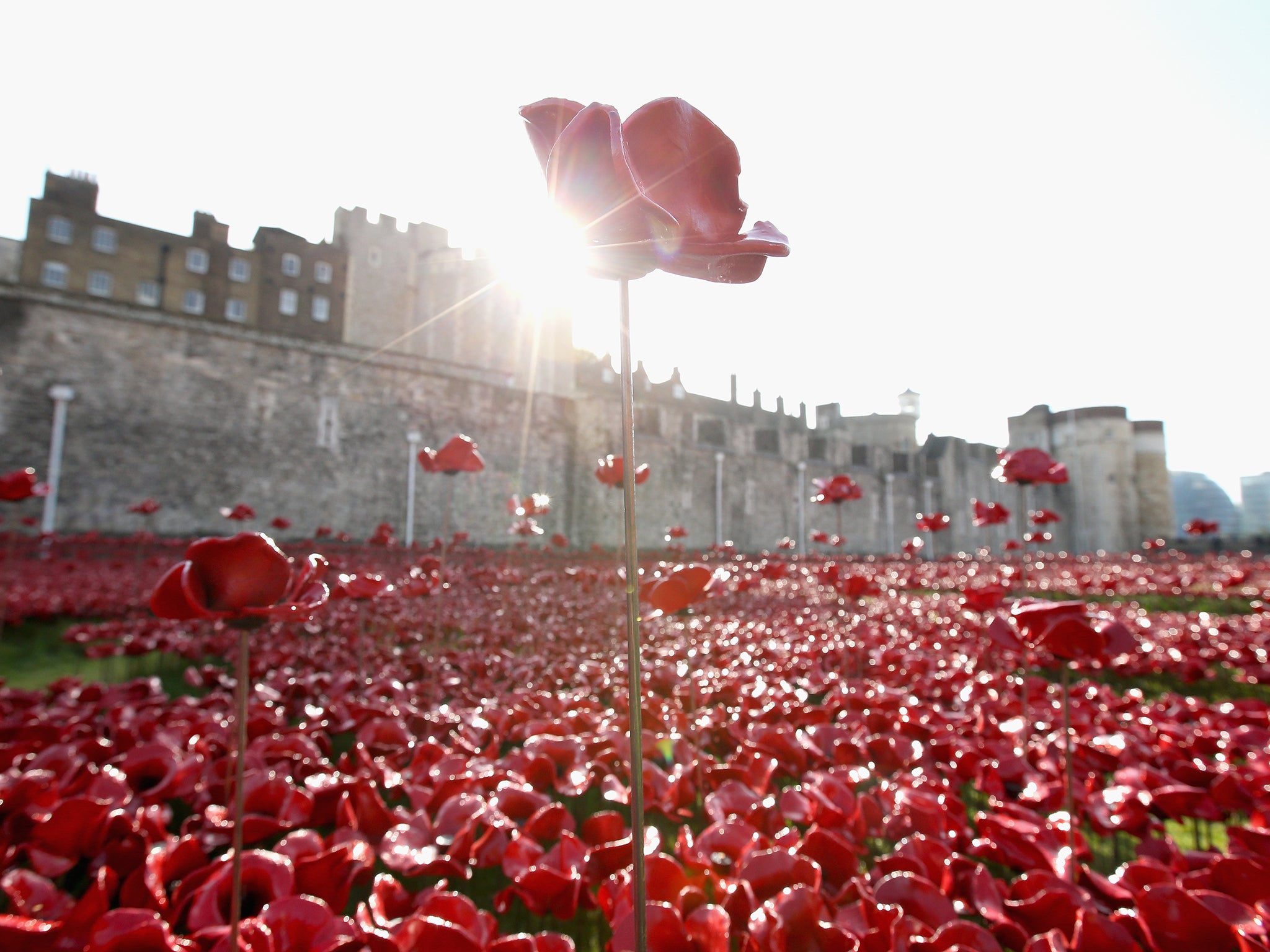

It is sometimes “mistaken as a generic peace symbol”, the PPU’s Campaigns and Communications Manager Symon Hill told Metro, but its symbolism is more specific. The white poppy, on the other hand, was designed by the Co-operative Women's Guild in 1933 and adopted the following year by the Peace Pledge Union (PPU) as a symbol of anti-war and pacifist sentiment. “Poppies were a common sight, especially on the Western Front.” The red flowers “flourished” on the battlefields, and in 1918 campaigners began calling for the poppy to become a symbol of remembrance. The flower’s symbolism “lies in the landscapes of the First World War”, the Imperial War Museum explained. Today it is more commonly used in the UK, Australia, Canada and New Zealand. The red paper poppy was initially adopted as a symbol for those who fought in the First World War, and was introduced by the American Legion in 1921. So what do the different coloured poppies represent? Red They are typically worn “in tribute” to members of the Armed Forces, with the Royal British Legion distributing around 40m poppies a year to raise funds for veterans, said The Independent.īut in recent years, there’s been a growing trend for eschewing the iconic red poppy in favour of other colourful varieties, each representing different causes and ideas. On 11 November and the days around it, red poppies start appearing on coats and jackets, in shops and at train stations. Remembrance Day: why do we fall silent and wear poppies?."By simply including one of the supporting hashtags, a poppy emoji will automatically appear, allowing people to show their mark of remembrance in a single Tweet. Katy Minshall, head of public policy and philanthropy at Twitter UK, said: "From today, we are giving people on Twitter the opportunity to join the conversation around Remembrance Day and commemorate those who served their country. "We especially hope young people will make use of the poppy emoji because, in order to uphold the memories of those who have gone before, it is vital we pass on the torch of remembrance to the next generation." Gordon Michie, head of fundraising at Poppyscotland, said: "Engaging different audiences in different ways during the Poppy Appeal and Remembrance period is vitally important to Poppyscotland. This year’s Remembrance Sunday and Armistice Day events mark 100 years since the first Remembrance Day, which took place in 1919, a year after the end of the First World War. The emoji will be available from today until 15 November. Disability charity appoints chief executive.Sailing charity confirms redundancies following further financial trouble.Regulator orders changes at charity unable to account for £5m Iraq spending.Frontline charities need financial package as inflation hits, sector leaders tell government.Northern Ireland regulator ‘in touch’ with charity over terror chant claims.Tweeting the hashtags #BehindThemAlways, #GetYourPoppy, #LestWeForget, #RemembranceSunday and #TwoMinuteSilence will automatically cause the poppy to appear, Poppyscotland said.

The charity, along with counterparts in Australia and Canada, created the emoji to accompany a number of hashtags being used to promote this year’s Remembrance events. The Royal British Legion, Poppyscotland and Twitter have launched a new poppy emoji ahead of this year’s Poppy Appeal.


 0 kommentar(er)
0 kommentar(er)
